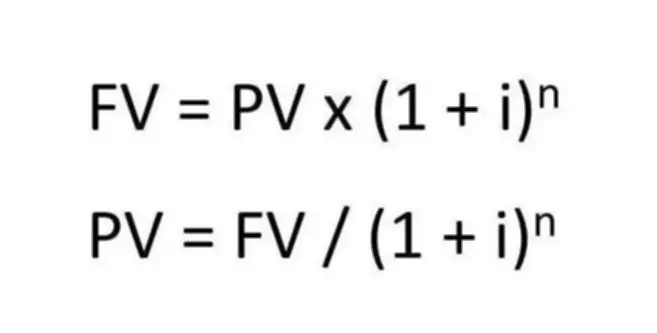Content

Ignite staff efficiency and advance your business to more profitable growth. Standardize, accelerate, and centrally manage accounting processes – from month-end close tasks to PBC checklists – with hierarchical task lists, role-based workflows, and real-time dashboards. You can find the numbers you need to plug into the formula on your annual receivables turnover ratio income statement or balance sheet. If the Smith Company has a 30-day payment policy, then their average number of days for payment falls within their policy window. Limited collections team or customers that may have financial difficulties. We note that the P&G receivable turnover ratio of around 13.56x is higher than that of Colgate (~10x).

She has spent time working in academia and digital publishing, specifically with content related to U.S. socioeconomic history and personal finance among other topics. She leverages this background as a fact checker for The Balance to ensure that facts cited in articles are accurate and appropriately sourced. This can lead to a shortage in cash flow but it also means that if the business simply hired more workers, it would grow at exponential rates. A large landscaping firm runs service for an entire town, from apartment complexes to city parks. Thus, invoices do not reach customers right away, as the team is focused more on providing the service.
Accounts Receivables Turnover Analysis
Monitor changes in real time to identify and analyze customer risk signals. This is the most common and vital step towards increasing the receivable turnover ratio. Once you know how old your outstanding invoices are, you can work on it accordingly to increase revenue from them or also make a note of those who haven’t paid yet for further follow-ups. Now that you understand what an accounts receivable turnover ratio is and how to calculate it, let’s take a look at an example. Most businesses operate on credit, which means they deliver the goods or services upfront, invoice the customer, and give them a set amount of time to pay. Businesses use an account in their books known as “accounts receivable” to keep track of all the money their customers owe.
The receivables turnover ratio measures the efficiency with which a company is able to collect on its receivables or the credit it extends to customers. The ratio also measures how many times a company’s receivables are converted to cash in a certain period of time.
Usefulness of the Accounts Receivables Turnover Ratio
Giving customers the opportunity to self-serve also reduces the number of inquiries coming into your AR department, contributing to faster collection times. This means that Bill collects https://www.bookstime.com/ his receivables about 3.3 times a year or once every 110 days. In other words, when Bill makes a credit sale, it will take him 110 days to collect the cash from that sale.
- Automating important A/R tasks eliminates hours of manual work and helps organizations like yours get paid faster.
- The ART ratio alone may not be meaningful, as every industry is different and each business has its own terms for customer accounts.
- For example, if the company’s distribution division is operating poorly, it might be failing to deliver the correct goods to customers in a timely manner.
- To determine the AR turnover ratio, you simply divide $150,000 by $50,000, resulting in a score of 3.
- BlackLine is a high-growth, SaaS business that is transforming and modernizing the way finance and accounting departments operate.
- Tracking your receivables can reveal trends if your turnover has slowed down.
